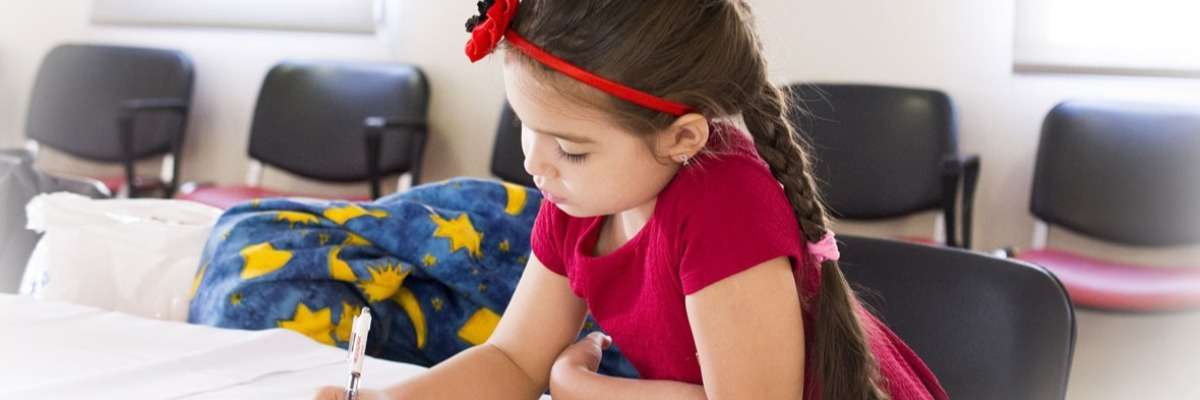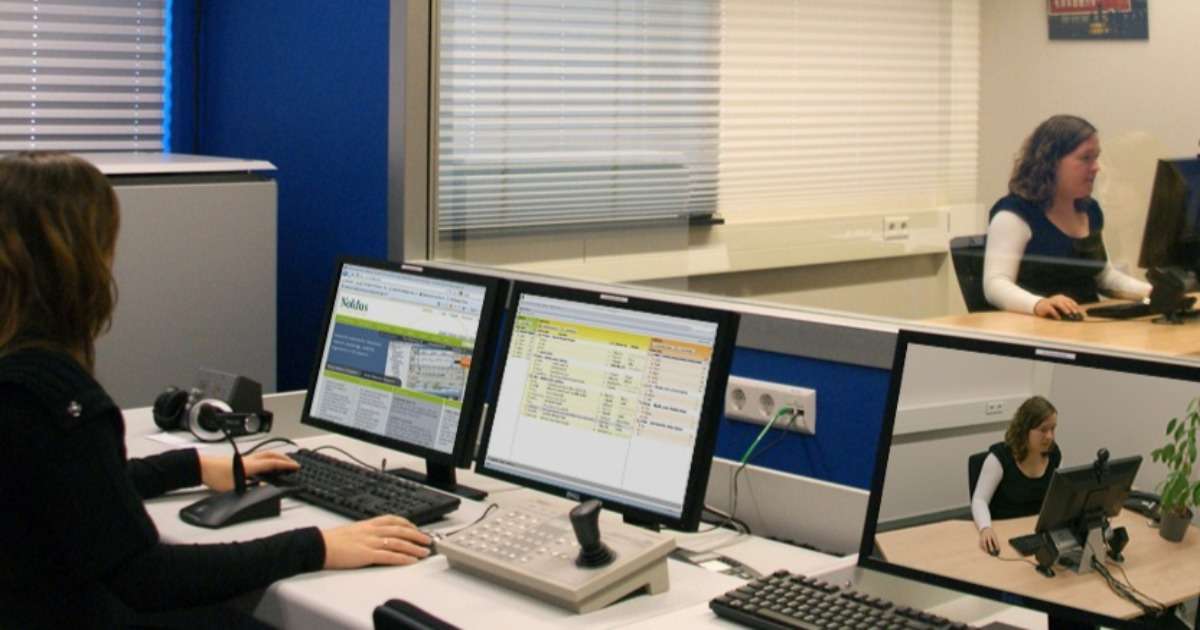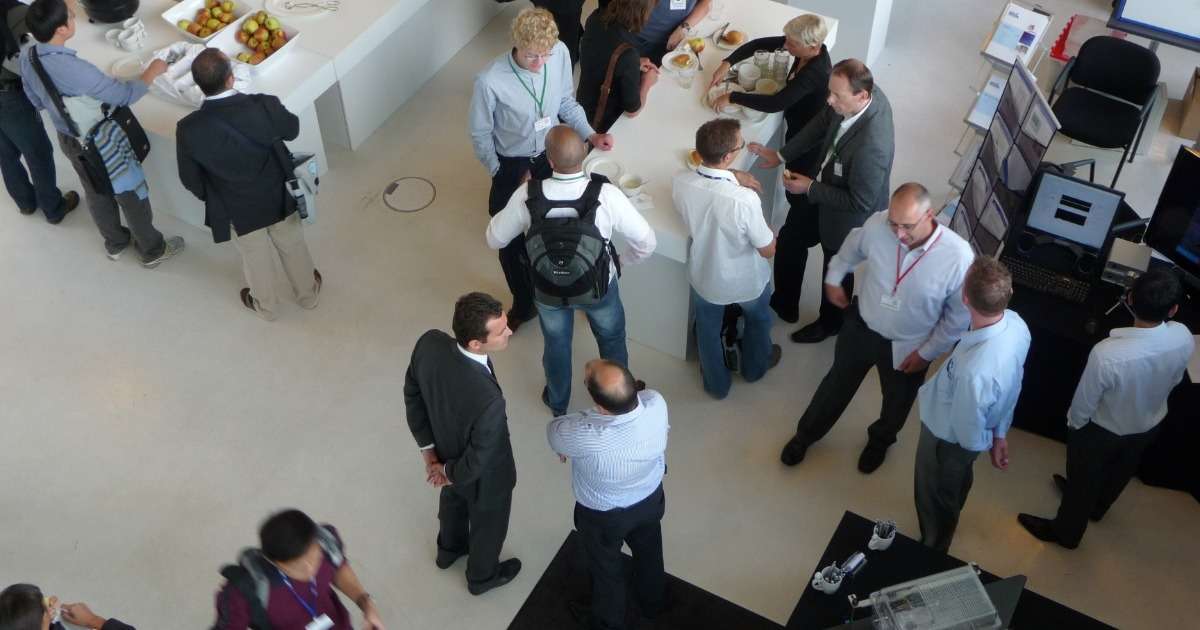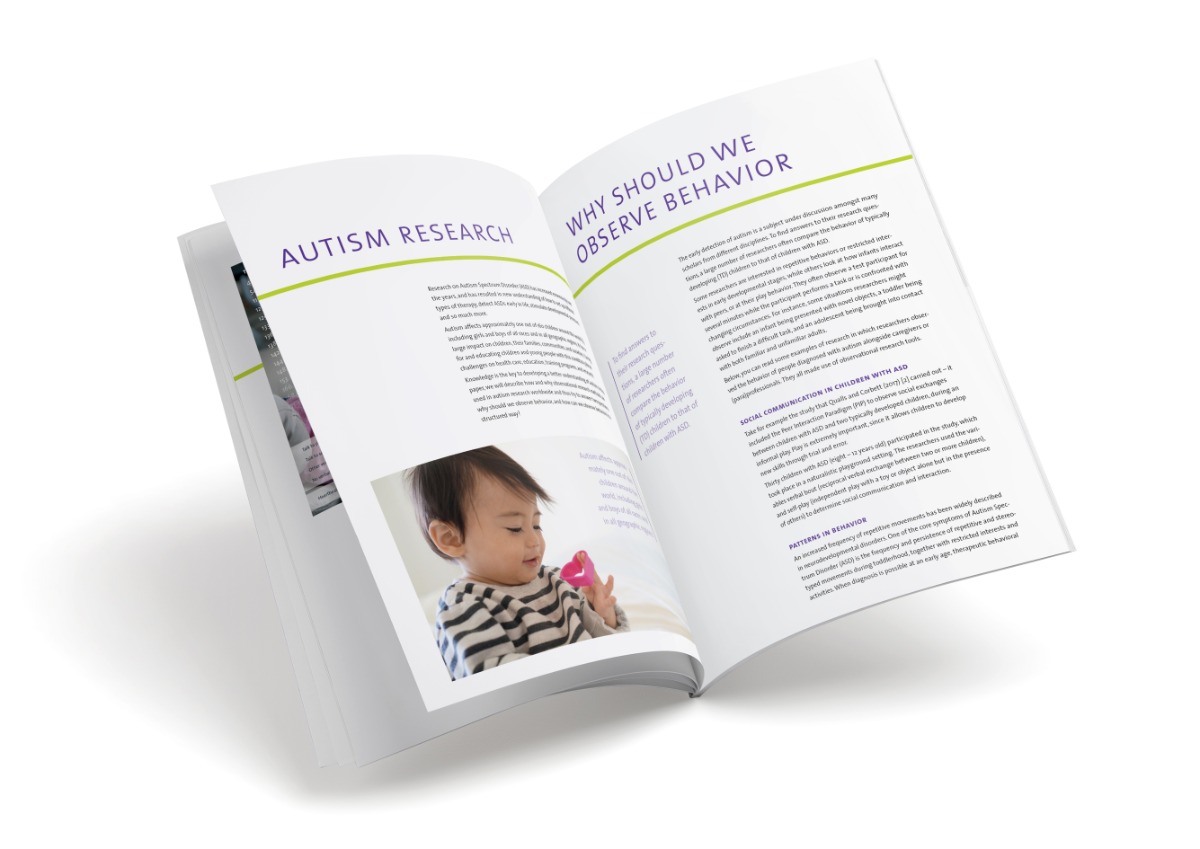
Autism research - mothers of high-risk children use more gestures
Autism, language and gestures
Children with autism spectrum disorder (ASD) often have delayed development in communication and language. This impaired development can be present even in the first year of their lives. The use of gestures, like pointing and nodding, is very important in communication. Impairments in the use of those gestures goes hand-in-hand with impairments in language development. This is seen in young children with ASD. But such deficits are also more common in infants and toddlers that have a higher risk on autism (HRA), because they have an older brother or sister that was diagnosed with ASD.
Gesture use by mothers
Mothers play a crucial role in the development of communication of their children. The use of gestures by the mother strongly correlates with the gesture use and language development of their children. Mothers that have an older daughter or son that was diagnosed with ASD, may change their behavior towards the younger HRA children. For example, these mothers have learned to use more gestures when communicating with their children. This could affect the gesture use and language development of HRA children.
Behavioral research on autism
This is exactly what was studied by Meagan Talbott and colleagues in a recent publication on autism research [1]. They observed two groups of children, HRA and LRA (Low Risk on ASD, no older sibling with ASD), at 12 months and 18 months of age. They observed the number of gestures by the mother and the child, and the type of gestures. The also characterized the language development using two common scales. Parent-child interactions were recorded on video and the videos were analyzed with The Observer XT scoring and analysis software.

Mothers of HRA children use more gestures
Nine children were diagnosed with ASD during the study and formed a separate group in the analysis. The video observations showed that mothers of HRA children used significantly more gestures and also more gesture types than mothers of LRA children in communication with their children. However, the gesture use of the children themselves was only affected in the ASD group and not in the HRA group. In all three groups there was a strong correlation between gesture use at the age of 12 months and language development at the age of 18 months.
Parent-child interactions and autism
The authors concluded that mothers change their behavior towards their children when they have a previous experience with a child that was diagnosed with ASD. This effect does not lead to changed gesture use and language development in the young children under study. Possibly 12 and 18 months was too young to see such an effect. But the study is an important first step in unraveling the effect of ASD risk on early parent-child interactions and communication development in the children.
References
Talbott, M.R.; Nelson, C.A.; Tager-Flusberg, H. (2013). Maternal Gesture Use and Language Development in Infant Siblings of Children with Autism Spectrum Disorder. Journal of autism and developmental disorders, 1-11.
Get the latest blog posts delivered to your inbox - every 15th of the month
more

How to collect high quality data in an observation lab
Controlled conditions and accurate data recording are key in scientific success. A stationary observation lab provides these controlled conditions while allowing scientists to observe test participants unobtrusively.
Psychology conferences in 2023
Conferences are a great way to combine work, knowledge, and social interaction with your peers. Like previous years we’ve put together a list of international psychology conferences in 2023 to help you out!

